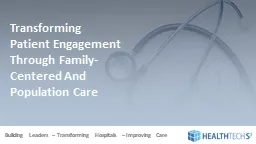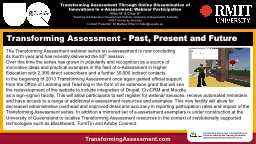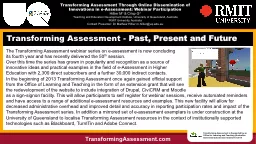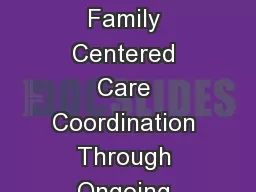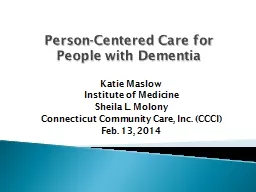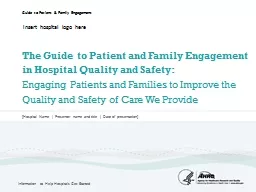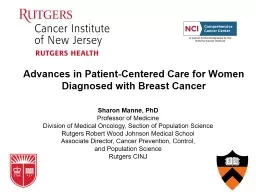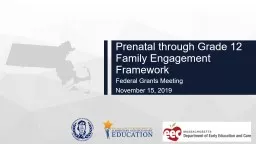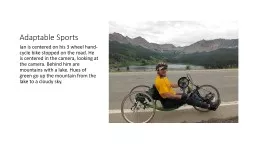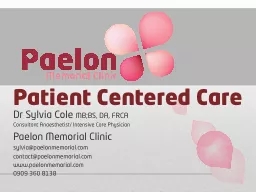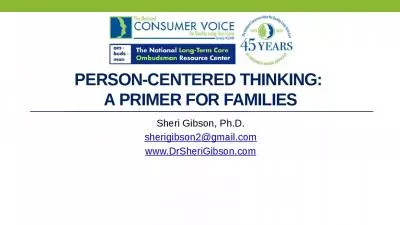PPT-Transforming Patient Engagement Through Family-Centered And Population Care
Author : marina-yarberry | Published Date : 2019-03-04
Building Leaders Transforming Hospitals Improving Care 1 45 YEARS OF DELIVERING RESULTS HealthTechS3 is a 45 year old awardwinning healthcare consulting and strategic
Presentation Embed Code
Download Presentation
Download Presentation The PPT/PDF document "Transforming Patient Engagement Through ..." is the property of its rightful owner. Permission is granted to download and print the materials on this website for personal, non-commercial use only, and to display it on your personal computer provided you do not modify the materials and that you retain all copyright notices contained in the materials. By downloading content from our website, you accept the terms of this agreement.
Transforming Patient Engagement Through Family-Centered And Population Care: Transcript
Download Rules Of Document
"Transforming Patient Engagement Through Family-Centered And Population Care"The content belongs to its owner. You may download and print it for personal use, without modification, and keep all copyright notices. By downloading, you agree to these terms.
Related Documents

